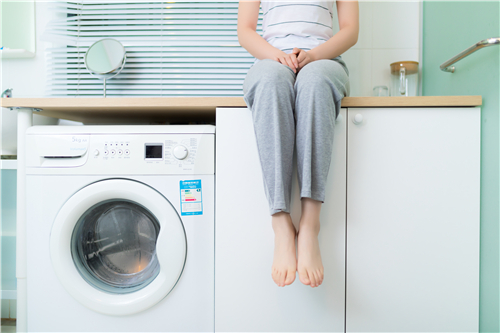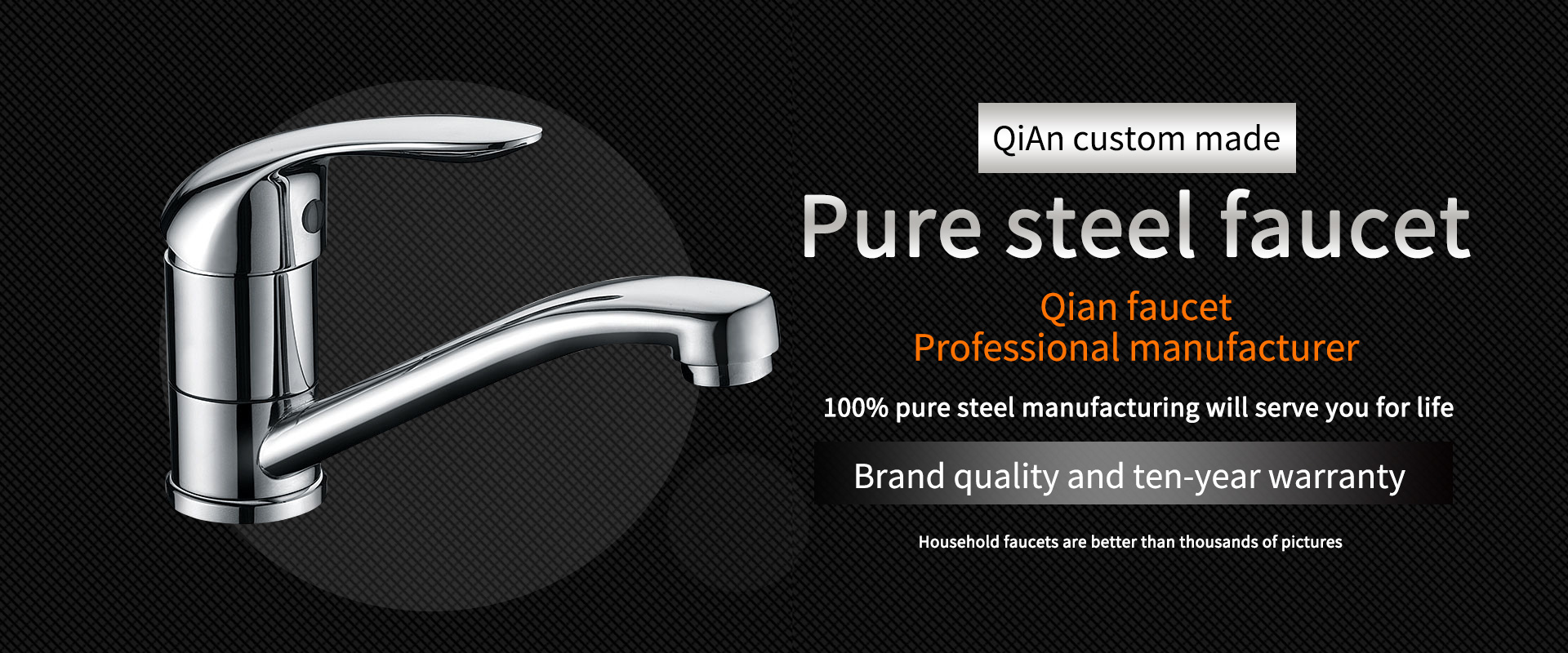In order to get out of the trough, home appliance brands have begun large-scale changes
According to the data of the "2019 Annual Report on China's Home Appliances Industry", the retail sales of home appliances in the domestic market in 2019 was 803.2 billion yuan, a year-on-year growth rate of -2.2%. During the epidemic, the decline has further increased. According to AVC data, the overall data of household appliances in the 9th week of 2020 (first two months) fell sharply, especially in the offline market. It fell 82.6%; refrigerator retail sales fell 57.88% year-on-year; washing machine retail sales fell 60.46% year-on-year.
In fact, it has nothing to do with the epidemic. In order to get out of the trough, home appliance brands have already begun large-scale changes.

ince the early two years, a trend of "multi-brand" caused by first-line home appliance brands such as Hisense, Midea and Haier has become the mainstream of the industry.
Started by Hisense, acquired Toshiba in 2017; acquired European home appliance giant Gorenje in 2018; coupled with its Rongsheng, Kelon, and jointly operated Hitachi and York; in 2019, it restarted the international sub-brand that was originally positioned in the overseas high-end user market VIDAA.
Followed by like the United States, in the past two years, it has released (reactivated) a number of brands including COLMO, Cuckoo, and Hualing. Its main brands for the home appliance market are already in the United States, Little Swan, Beverly. , Kufeng, and Fandi Luo have been rapidly expanded, including the previously acquired Clivet, and the AEG introduced in cooperation, and the number of home appliance brands operated by Midea has reached as many as 10.
Haier has achieved good results in multi-brands, with up to 7 brands targeting different market segments such as Casa Di, Commander-in-Chief, and GE. The expansion of multi-brands in the domestic appliance market is from top to bottom. At this stage, companies including Gree, Changhong, TCL, Skyworth, Boss, and Jiuyang have completed the multi-brand layout through acquisition or self-building.
The reason why multi-brands will become the focus of market chase is that market segmentation and diversified demand are already the biggest market competition points. Product differentiation, including sales channel differentiation and other details, will determine the consumer groups and the consumer market. Attribution.
The rise of the multi-brand strategy is not a "temporary brain fever", foreign brands go earlier in this model, such as Bosi, Whirlpool, and Electrolux began to lay out many years ago, especially Electrolux and Whirlpool, As a global home appliance giant brand, it is slightly embarrassed because it has been unable to truly occupy a place in the Chinese market, and the multi-brand play has always been given high hopes.
Local brands are moving towards multi-brand operations, of course, market share. Multi-branding has indeed brought them obvious benefits. For example, the major brands under Haier have achieved good results in various segments, like In the downturn of the overall environment, Casa Di still achieved 30% sales growth in 2019, ranking first in the high-end market share; after the commander focused his attention on the youth market, he won 30 in 2017 to 2018. More than% revenue growth, the first half of 2019 also received a 23% revenue growth.
Through the multi-brand strategy, let everyone have the confidence to face the "price war", and at the same time rely on high-end products to reap the dividends brought by consumption upgrades. At present, in the domestic home appliance market, multi-brand operation has already penetrated into second- and third-tier brands, and multi-brands have become the industry standard.



